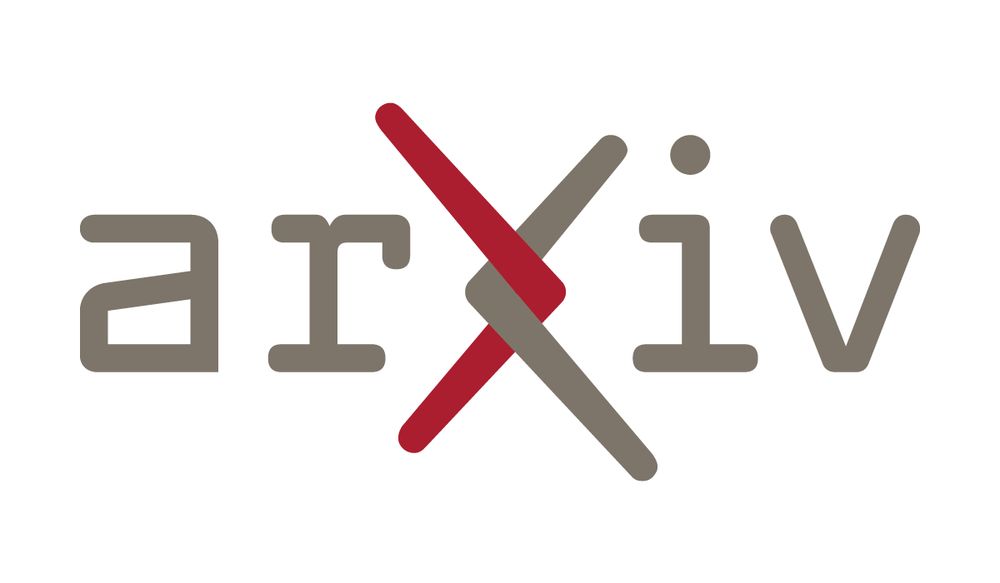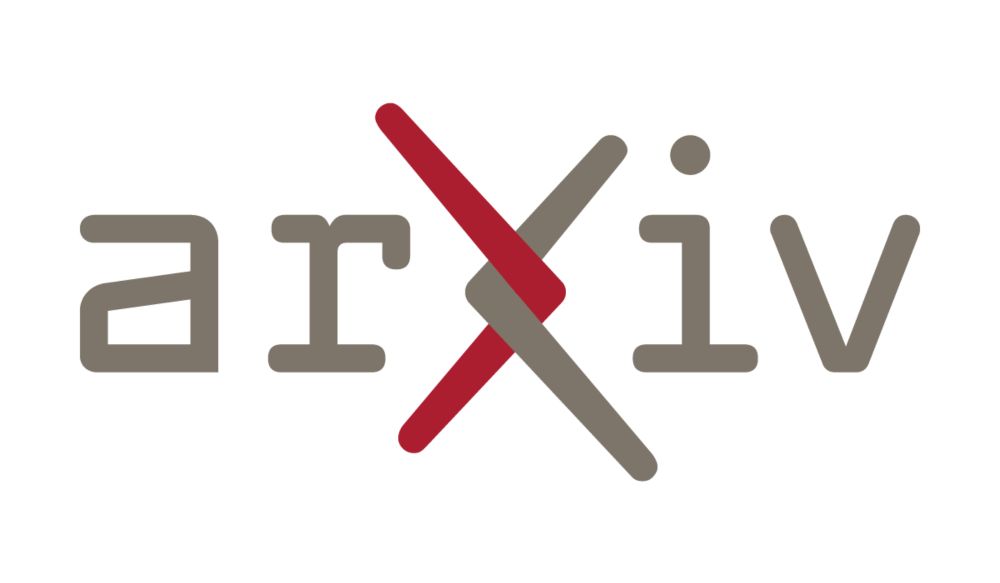Linn Boldt-Christmas
@nplinnspace.bsky.social
3.5K followers
390 following
250 posts
🇸🇪 Exoplanet atmospheres + chemistry + formation at Uppsala University 🪐🔭 Also into astrobiology, policy, climate, equality/EDI, and scicomm ✨ (she/her) – linnboldtchristmas.wordpress.com
Posts
Media
Videos
Starter Packs
Reposted by Linn Boldt-Christmas
Reposted by Linn Boldt-Christmas
Reposted by Linn Boldt-Christmas
Reposted by Linn Boldt-Christmas
Reposted by Linn Boldt-Christmas
Reposted by Linn Boldt-Christmas
Reposted by Linn Boldt-Christmas
Reposted by Linn Boldt-Christmas
Reposted by Linn Boldt-Christmas
Reposted by Linn Boldt-Christmas
Reposted by Linn Boldt-Christmas
Reposted by Linn Boldt-Christmas
Reposted by Linn Boldt-Christmas
Reposted by Linn Boldt-Christmas
Reposted by Linn Boldt-Christmas
Reposted by Linn Boldt-Christmas

















